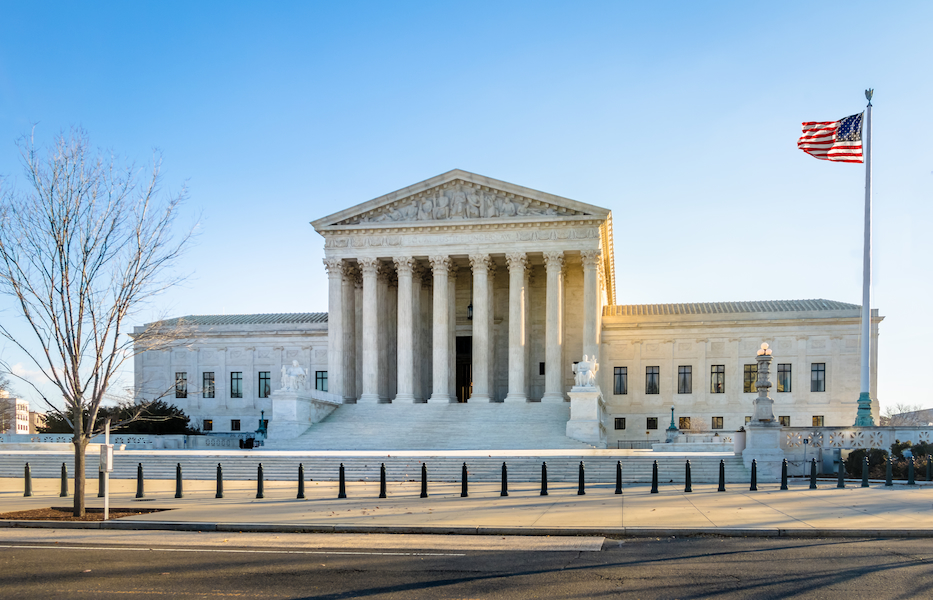Mapp v. Ohio: Use of Evidence Under the 4th Amendment
Historical
The Facts of Mapp v. Ohio
Dollree Mapp was convicted of knowingly possessing certain lewd and lascivious books, pictures, and photographs in violation of Ohio law. The materials were discovered when police searched her home for a suspect wanted in connection with a recent bombing. The police used force to enter the home and did not provide a warrant. Mapp appealed her sentence.
The state argued that even if the search was unreasonable, it was not prevented from using the unconstitutionally seized evidence at trial. In support, it cited Wolf v. Colorado, 338 U. S. 25 (1949), in which the Supreme Court held “that in a prosecution in a State court for a State crime the Fourteenth Amendment does not forbid the admission of evidence obtained by an unreasonable search and seizure.”
The Majority Decision on Mapp v. Ohio
By a vote of 6-3, the Supreme Court overturned the conviction, finding that the evidence was inadmissible. “All evidence obtained by searches and seizures in violation of the Constitution is, by [the Fourth Amendment], inadmissible in a state court,” the majority held.Justice Tom C. Clark authored the majority opinion, in which Chief Justice Earl Warren, and Justices Hugo Black, William O. Douglas, and William J. Brennan joined.In reaching its decision, the majority cited several prior decisions in which the Court had begun the process of applying federal constitutional protections to state criminal prosecutions. It also found that applying the exclusionary rule to the states would ensure that they followed the requirements of the Fourth Amendment. As Justice Clark explained:[O]ur holding that the exclusionary rule is an essential part of both the Fourth and Fourteenth Amendments is not only the logical dictate of prior cases, but it also makes very good sense. There is no war between the Constitution and common sense. Presently, a federal prosecutor may make no use of evidence illegally seized, but a State’s attorney across the street may, although he supposedly is operating under the enforceable prohibitions of the same Amendment.
The Dissent of Mapp v. Ohio
In his dissenting opinion, Justice John M. Harlan II argued that the majority should have limited its decision to the First Amendment issues raised in Mapp’s petition. By reaching out to consider the application of the exclusionary rule to the states, Harlan maintained that the majority ignored the principles of judicial restraint and stare decisis.
Previous Articles
SCOTUS Wraps Up Oral Arguments for the Term
by DONALD SCARINCI on May 17, 2022
The U.S. Supreme Court has concluded its oral arguments for the October 2021 Term. The justices hea...
SCOTUS Rules Censure of Elected Board Member Didn’t Violate First Amendment
by DONALD SCARINCI on May 10, 2022
In Houston Community College System v. Wilson, 595 U.S. ____ (2022), the U.S. Supreme Court held th...
Supreme Court Breach Is Not the First Involving Roe v. Wade
by DONALD SCARINCI on
The recent disclosure of Justice Samuel Alito’s decision purporting to overturn Roe v. Wade is ar...
The Amendments
-
Amendment1
- Establishment ClauseFree Exercise Clause
- Freedom of Speech
- Freedoms of Press
- Freedom of Assembly, and Petitition
-
Amendment2
- The Right to Bear Arms
-
Amendment4
- Unreasonable Searches and Seizures
-
Amendment5
- Due Process
- Eminent Domain
- Rights of Criminal Defendants
Preamble to the Bill of Rights
Congress of the United States begun and held at the City of New-York, on Wednesday the fourth of March, one thousand seven hundred and eighty nine.
THE Conventions of a number of the States, having at the time of their adopting the Constitution, expressed a desire, in order to prevent misconstruction or abuse of its powers, that further declaratory and restrictive clauses should be added: And as extending the ground of public confidence in the Government, will best ensure the beneficent ends of its institution.




